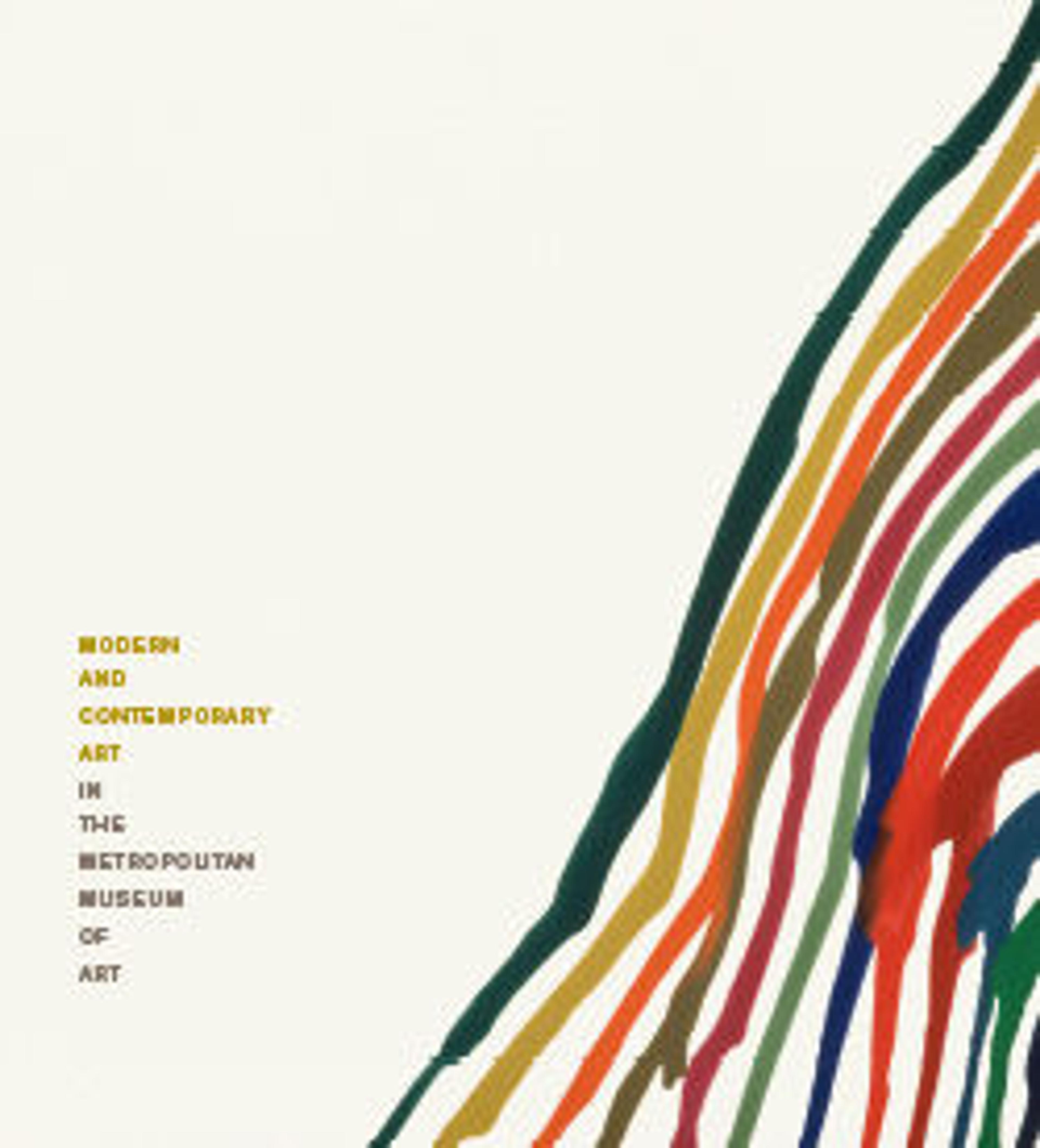Being With (Être Avec)
Matta painted this canvas in 1946 while he was living in New York (1939–48). It depicts a labyrinth of architectural structures seen from various perspectives and contorted humanoid figures engaged in sex acts. This imagery reflects his familiarity with architectural design and Surrealism. Like many artists at the time, Matta expressed distress at the state of the world, one ravaged by World War II. His paintings and drawings of the mid-to-late 1940s (called "social morphologies") address the societal crisis that he felt he was "being with," as the title of this painting suggests. This approach brought him closer to the nascent Abstract Expressionist group in New York, particularly Robert Motherwell and Arshile Gorky, who were eager to experiment with Surrealist techniques and imagery.
Artwork Details
- Title:Being With (Être Avec)
- Artist:Roberto Matta (Chilean, Santiago 1911–2002 Civitavecchia, Italy)
- Date:1946
- Medium:Oil on canvas
- Dimensions:87 in. × 15 ft. (221 × 457.2 cm)
- Classification:Paintings
- Credit Line:Purchase, Lila Acheson Wallace Gift, and Gift of The Glickstein Foundation, by exchange, 2003
- Object Number:2003.270
- Rights and Reproduction:© 2025 Artists Rights Society (ARS), New York
- Curatorial Department: Modern and Contemporary Art
More Artwork
Research Resources
The Met provides unparalleled resources for research and welcomes an international community of students and scholars. The Met's Open Access API is where creators and researchers can connect to the The Met collection. Open Access data and public domain images are available for unrestricted commercial and noncommercial use without permission or fee.
To request images under copyright and other restrictions, please use this Image Request form.
Feedback
We continue to research and examine historical and cultural context for objects in The Met collection. If you have comments or questions about this object record, please contact us using the form below. The Museum looks forward to receiving your comments.
